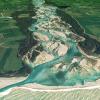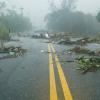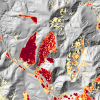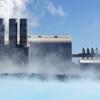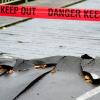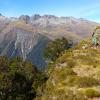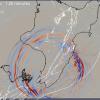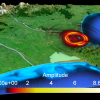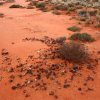A statistical modelling approach to monitoring ecosystems
“From my perspective, it was extraordinarily beneficial to have access to NeSI as resource, it really transformed what I thought I would be able to do. The field of statistics at the moment is really on the edge and is advancing all the time."
Subject:
